FCA - Product Plan (Notizie - Riassunto a pag. 1)
-
Contenuti simili
-
Fiat -> FCA -> Stellantis - Filosofia su una holding multinazionale 1 2 3 4 134
Pubblicato da espresso,
- 1335 risposte
- 120707 visite
-
Scelte strategiche gruppo Stellantis NV 1 2 3 4 1134
Pubblicato da 4200blu,
- newco
- stellantis
- (e 2 altri in più)
- 11334 risposte
- 1863330 visite
-
Il futuro dei siti produttivi Stellantis 1 2 3 4 831
Pubblicato da The Summarizer,
- fca
- stabilimenti
- (e 2 altri in più)
- 8300 risposte
- 1257113 visite
-
-
-

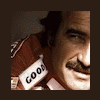



.thumb.jpg.902d2a4f20a129e92b6f6920407b81bd.jpg)






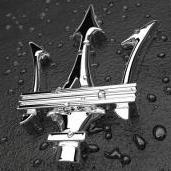
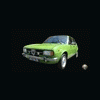

.thumb.jpg.46228d717c405acd43b45b79fddce6a4.jpg)




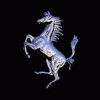

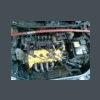
.thumb.jpg.d20c5008a881490f9c7f843d442a34f8.jpg)



Messaggi Raccomandati: